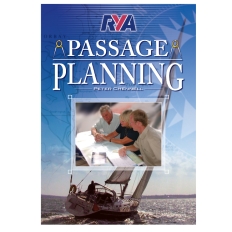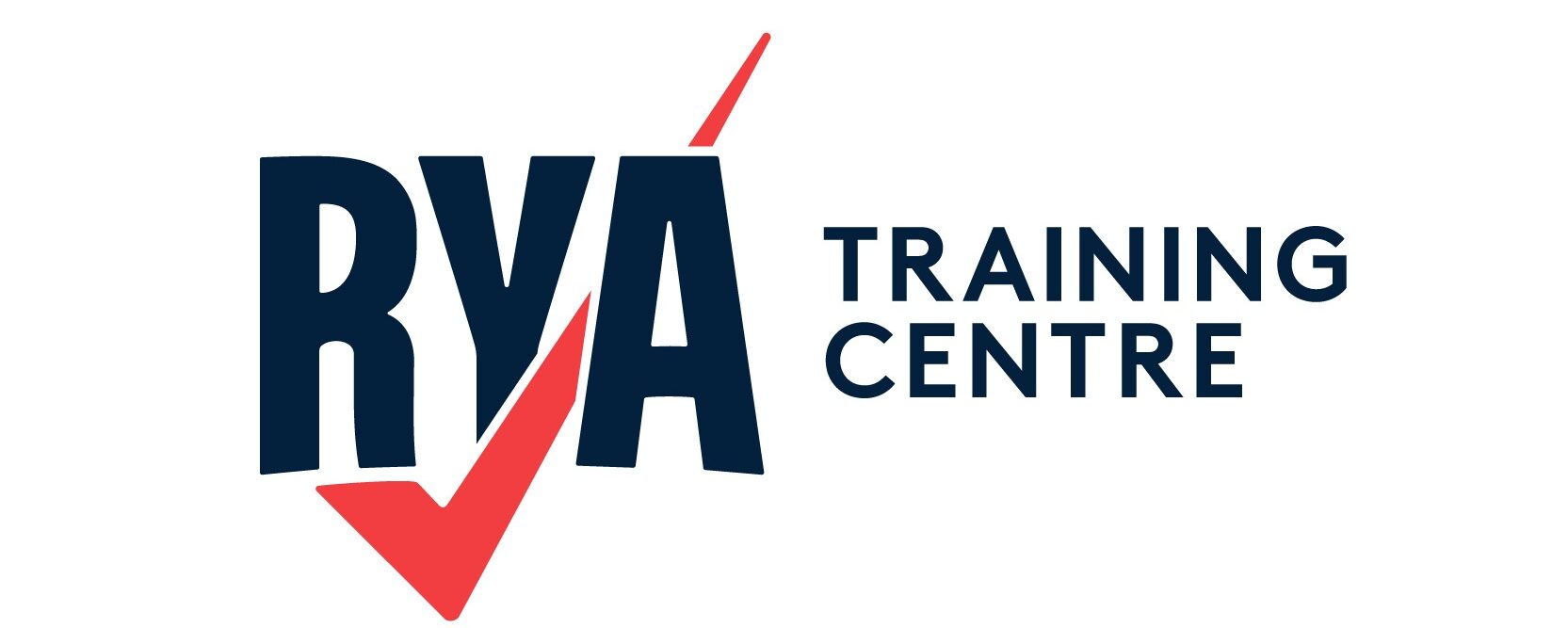Join us as we take a closer look at how to use GRIB files in part one of our discussion about weather and passage planning.
Passage Planning Pt. 1/2
Weather Prediction Technology
 Have you ever been out sailing and the weather has suddenly turned from blue skies to grotty greys? Maybe you have been caught out in strong winds that have made your passage uncomfortable? One of the most important aspects of planning a successful (and pleasant!) passage is being able to understand and interpret the weather.
Have you ever been out sailing and the weather has suddenly turned from blue skies to grotty greys? Maybe you have been caught out in strong winds that have made your passage uncomfortable? One of the most important aspects of planning a successful (and pleasant!) passage is being able to understand and interpret the weather.
With modern day technology, there are many resources at hand to gain weather forecast information. Some resources that you can use are: the internet, VHF shipping forecasts, and SMS update services. There is little excuse for poor planning with the latest technology at your fingertips.
 Using GRIB Files
Using GRIB Files
GRIB files are a great way to predict what weather you are likely to encounter on your passage. GRIB files use wind barbs, barometric pressure and precipitation to create a weather chart that is reasonably simple to interpret. We’ve put together some basic pointers about GRIB files, however, please remember that you do need to learn how to read them correctly through further education.
 Deciphering Wind Barbs
Deciphering Wind Barbs
Wind barbs will tell you the direction in which the wind is travelling and at what speed it is doing this. When you look at a wind barb you will see a circle with a straight line extending out, there may be “tails” on the end. The line indicates which direction the wind is coming from. The “tails” tell you the predicted wind speed; each half tail indicates 5 knots of wind speed. If you had two full tails and a half tail you would expect to have up to 25 knots of wind speed.
Understanding Barometric Pressure
Barometric pressure is how we predict wind speed. The key to understanding pressure lines is to study how close together they are. If you have an area where the lines are very close together, this indicates that there is a greater pressure change and higher winds. When the lines are further apart, it indicates that the pressure is stable and there will be lower wind speeds in this area.
 Passage Planning – Resources
Passage Planning – Resources
You can download GRIB files online from a program called U-GRIB. It is a free program and very simple to use – simply select the area you want and download it. U-GRIB offers a 7 day predicted forecast at intervals of 3 hours; making it easy to identify uncomfortable sailing conditions when passage planning. This program can be found at: http://www.grib.us/
Passage Planning – Further Education
 The RYA Day Skipper theory course is designed to build your understanding of the weather. Topics that are covered on the course include:
The RYA Day Skipper theory course is designed to build your understanding of the weather. Topics that are covered on the course include:
- Wind and barometric pressure
- Warm, cold and occluded fronts
- Different types of cloud formation
- Understanding shipping forecasts
- Weather terminology.
One of the books we highly recommend is the RYA Weather Handbook. Written by a sailor for sailors, it explains the complexities of weather and is full of practical and useful advice on how to understand weather maps and improve your forecasting skills. The RYA Passage Planning book is another great resource.




